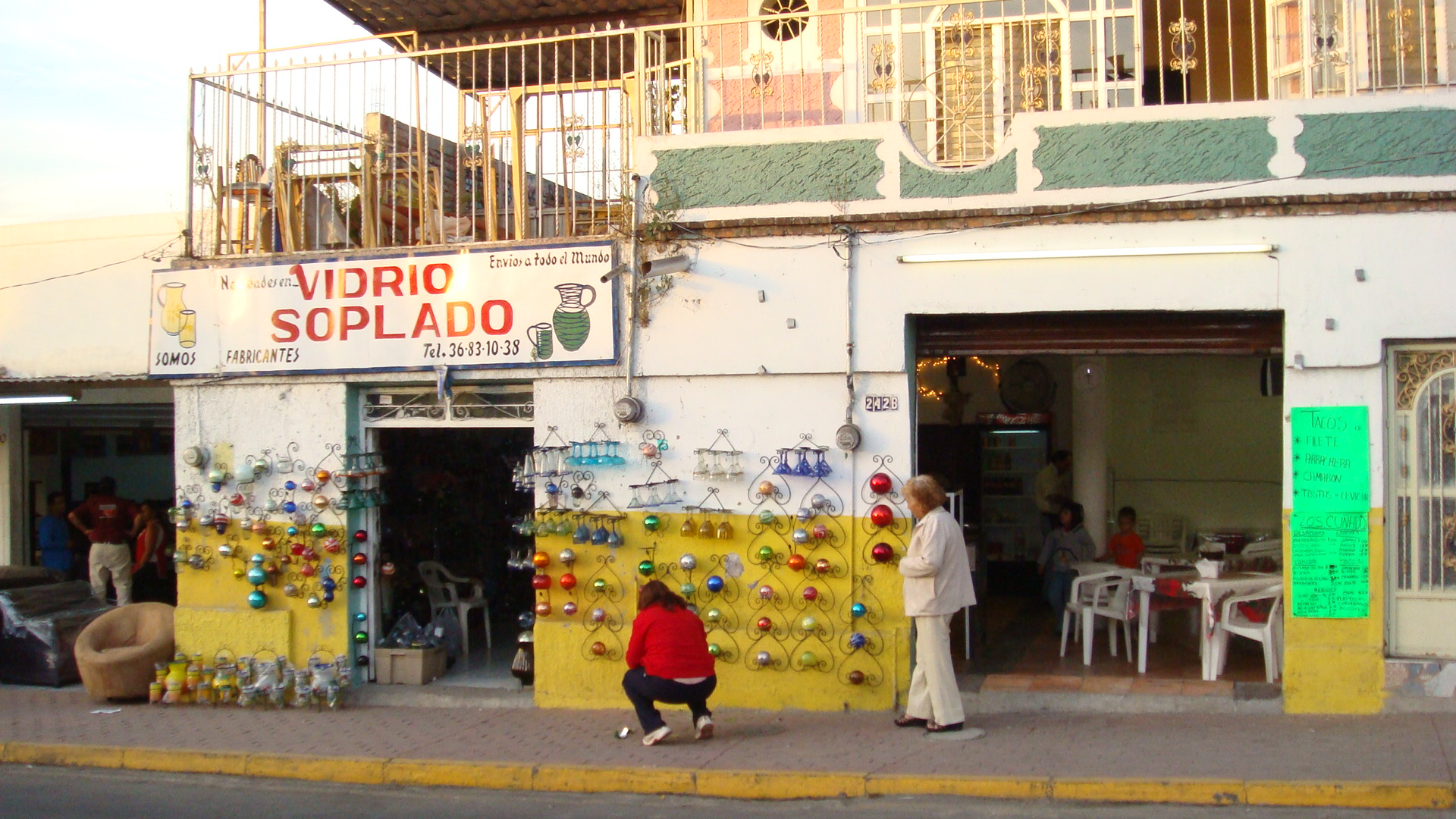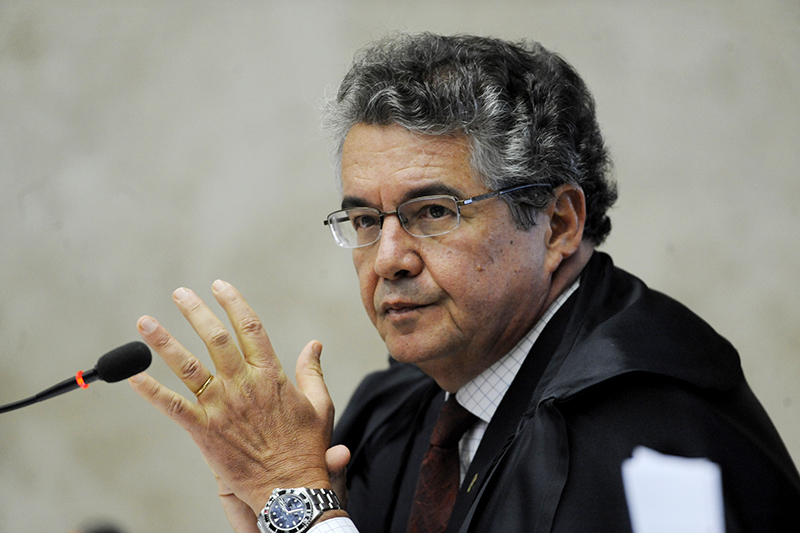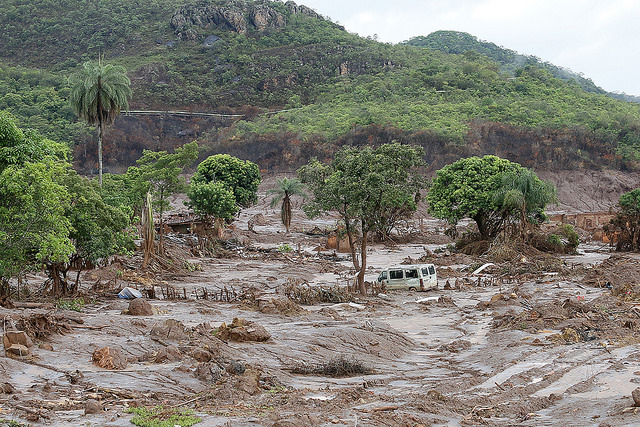
Brazil, Latin America: Week in Review
Brazil: Judge Suspends Belo Monte Dam Construction In Amazon
September 30, 2011 By Staff
Today in Latin America
Top Story— According to a decision posted on a Brazilian court website, a judge has suspended construction on the country’s $11 billion Belo Monte dam project because it could harm fishing by indigenous communities on the Xingu River. The Brazilian government, which is keen to build the 11,000-megawatt damn to fuel the country’s growing economy, said it would appeal the ruling. The Norte Energia consortium, which is building what would be the world’s third-largest hydroelectric energy producer, said it had not been informed of the ruling. The Belo Monte has gone through a number of redesigns since being proposed in 1979 and has stirred controversy almost since its inception. While the Brazilian government says the dam will be a source of renewable, clean energy with little environmental impact, indigenous groups and environmentalists — including film director James Cameron and musician Sting — claim the dam would destroy wildlife and endanger the livelihoods of 40,000 people who live in the region.
This is not the first time the project has been suspended. In February a judge ruled that work should be halted – only to have his ruling usurped by a higher federal court judge a week later.
Read More From The Washington Post.
Headlines from the Western Hemisphere
North America
- The Mexican government repatriated 9,000 citizens who were detained in Arizona as undocumented immigrants and flown to Mexico City in the past two months under a voluntary repatriation program.
- Mexico’s Supreme Court upheld a state right-to-life amendment that severely limits abortions in the north-central state of San Luis Potosi.
- According to the ATF and federal court records, a large cache of weapons lost in the botched gun-running operation “Fast and Furious” turned up in El Paso, Texas.
- Georgia’s state panel that is charged with helping enforce its tough, immigration law met for the first time Thursday and elected a local attorney as its chairman.
- New Mexico is again the only U.S. state to send its chief executive to a yearly conference between governors of border states in Mexico and the United States.
Caribbean
- Cuba will replace its once powerful Sugar Ministry with a government-controlled holding company in an attempt to revive the struggling sector.
- The United Nations chief stressed the need for continued to humanitarian assistance to Haiti in a speech delivered Thursday.
- Popular, Inc., Puerto Rico’s largest bank, said it sold a portfolio of distressed property loans to a joint venture controlled by an entity created by firms including Goldman Sachs.
Central America
- The Inter-American Press Agency has taken heat for excluding Honduras on a list of Latin American countries that persecute journalists, considering the number of journalists killed in the country recently.
- The Guatemalan government will apologize to the family of ousted-President Jacobo Árbenz, who was removed from power in a C.I.A.-backed coup nearly 60 years ago.
- Costa Rica plans to launch a new North American advertising campaign in October in the hopes of drawing more tourists to the Central American nation.
Andes
- Peruvian President Ollanta Humala on Wednesday passed three new mining laws, including a new mining tax, that will reportedly raise an extra $5.5 billion for social spending.
- President of Ecuador Rafael Correa was quoted in an Ecuadoran paper saying that the U.S. Embassy has financed corrupt police officers in the country.
- A collision of two trains outside Caracas killed the train conductor and injured 30 others on Thursday.
Southern Cone
- Brazil has created a task force to investigate the unsolved cases of violence toward land rights and environmental activists in the Amazon.
- The Paraguayan House of Representatives has postponed a 60-day state of emergency declared Monday in San Pedro and Concepción provinces to combat the Paraguayan People’s Army (EPP), because similar measures in the past were deemed ineffective.
- Argentina’s Tierra del Fuego province joined other provinces in a ban on open-pit mining and the use of harmful chemicals like cyanide.
- Brazil’s Women’s Rights Secretariat asked the National Advertising Agency stop using a TV ad featuring supermodel Gisele Bundchen because it was sexist.
Image: Minplanpac @ Flickr.
Subscribe to Today in Latin America by Email






1 Comment
Excellent article,
The World Bank estimates that forcible “development-induced displacement and resettlement” now affects 10 million people per year. According to the World Bank an estimated 33 million people have been displaced by development projects such as dams, urban development and irrigation canals in India alone.
India is well ahead in this respect. A country with as many as over 3600 large dams within its belt can never be the exceptional case regarding displacement. The number of development induced displacement is higher than the conflict induced displacement in India. According to Bogumil Terminski an estimated more than 10 million people have been displaced by development each year.
Athough the exact number of development-induced displaced people (DIDPs) is difficult to know, estimates are that in the last decade 90–100 million people have been displaced by urban, irrigation and power projects alone, with the number of people displaced by urban development becoming greater than those displaced by large infrastructure projects (such as dams). DIDPs outnumber refugees, with the added problem that their plight is often more concealed.
This is what experts have termed “development-induced displacement.” According to Michael Cernea, a World Bank analyst, the causes of development-induced displacement include water supply (dams, reservoirs, irrigation); urban infrastructure; transportation (roads, highways, canals); energy (mining, power plants, oil exploration and extraction, pipelines); agricultural expansion; parks and forest reserves; and population redistribution schemes.
Comments are closed.